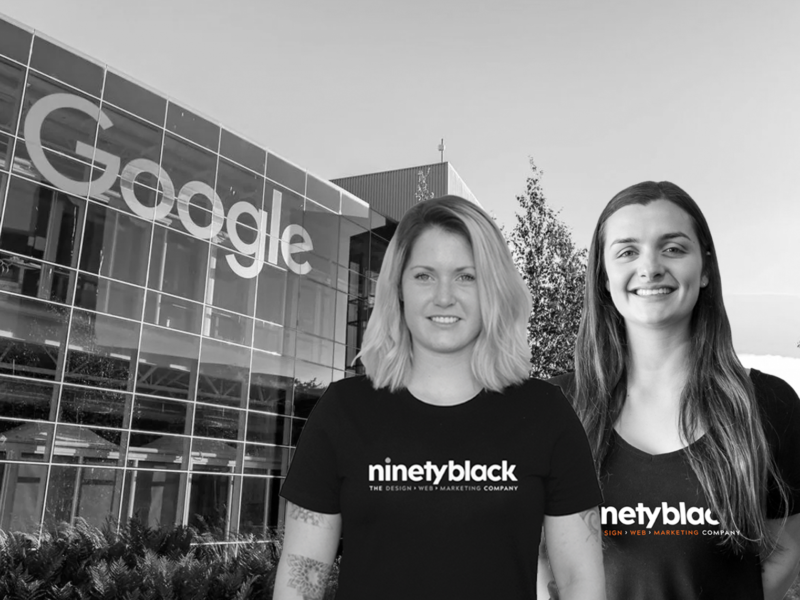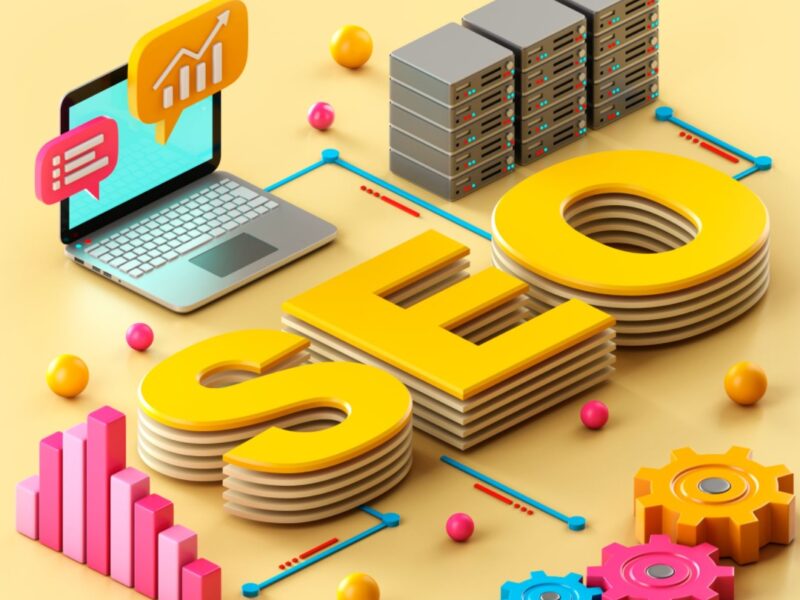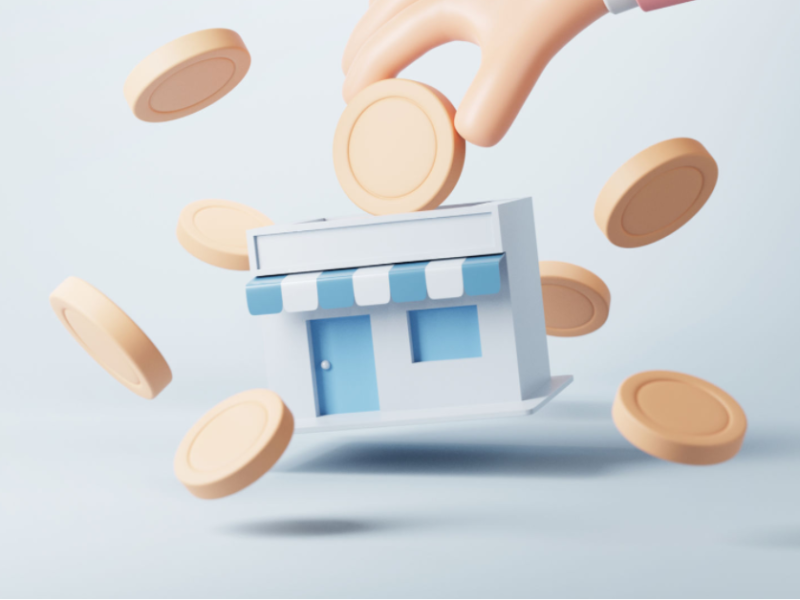What does a good website need?
March 2, 2018

Reading Time: 3 minutes
You’ve decided your business needs a new website, but do you know where to next? Or what it takes?
We all know that the web has grown exponentially over the last 30 years. There are now literally BILLIONS of sites and long gone are the days that just being online was enough. The competition is fierce, and the customers have become more and more discerning. Here are a few things that you NEED to get right on your new website, IF you want it to be a success and a useful asset for your business.
Know what you want from your site.
Do you want to show people that you exist? Make money online by selling products? Or inform people about a specific topic? What is it you specifically want to achieve?
If you have your key questions answered, you’ll have a much clearer idea of what you want to accomplish and what you want your site visitors to do.
It takes longer than you think.
Websites take time. Why? Because it involves hours and hours of setting up, coding, design, admin, content management, and managing lots of tiny details. The bigger the website, the more time it will take. And not just development time, client inaction takes waiting time too, things like waiting for content, images and sign off also slow down any project, if a third party is involved or for your own in house designers. Try and eliminate that by having everything ready right at the beginning.
Don’t cut corners. You get what you pay for.
There are so many aspects that go into making a website, and dropping any part just to save cost may cause harm in the long term. There are the essentials such as design and content, but think about
- SEO – how will potential customers find you,
- Marketing – do you need newsletters or digital campaigns to reach that audience?
- Planning ahead – adding those future additions now will save you time and money by integrating it into what’s being developed, rather than adding a whole new feature later on.
Think about your visitors at every step.
Know the buyer personas that you are targeting right at the beginning, because this will shape everything from design and usability to content and SEO. What are your customers likely to search for in Google? What information will they look for on your site? Make everything as easy to find as possible. Have clear call to action buttons on your site. You need to guide your customers as to what you want them to do.
They want a site with a great look and feel that is both unique and authentic and reflects your brand values. Using stock images can make your website look cheesy. High quality original photography always works best. Templates can save you time and money, but you need to consider how many other businesses have that same template? Original design and a flow that has been customised for your particular buyer persona will always work better than a generic template.
Site navigation is important if you expect to get conversions from your site. Again, you need to consider your buyer persona and it needs to be intuitive, logical and have a great flow to it. You want to engage your customer not frustrate them with roadblocks and unnecessary clicks. User experience is everything.
Have the right content
Your content needs to engage your customers and make it irresistible for them to leave your site. Too much text, keyword stuffing, badly laid out or formatted text and content that is irrelevant to them, will all act as turn offs for your customers. However, engaging content, that is interesting and solves their problem and adds value to them, will keep pulling your customers through your website and help convert them and keep coming back. Content is also the thing that will boost you in organic search rankings in Google, but ONLY if it’s done right.
Your website is a living, breathing, marketing machine. Look after it.
Technology is changing and so is your target market. Which means your website will need ongoing maintenance, marketing and advertising to keep itself running and to adapt to this changing environment. If you see activity slowing down, think about running a Google Ads or Facebook campaign to reach a larger audience. If you’ve expanded your service, make sure your website content and SEO reflects that, it’s the only way people will find out.
In short, a well-planned, well designed, well written website that engages and helps your customer should be your goal and If you’ve done it right should be a lead magnet. You can do it yourself these days, but it’s not as easy as you might be led to believe to get all the factors right.




